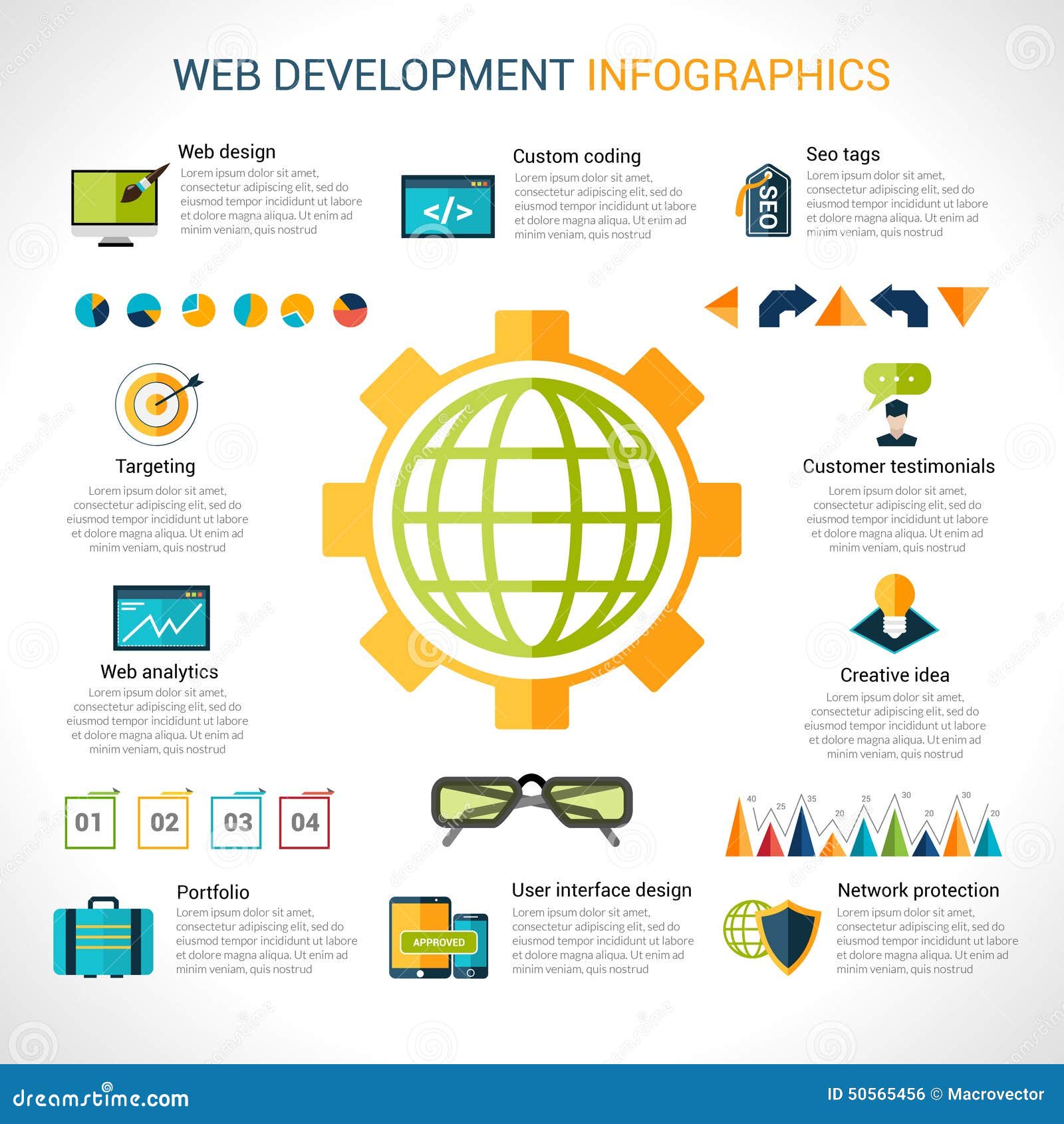Fascinated In Finding Out Exactly How Web Site Design Has Developed Over The Years? Discover The Journey From Simple Layouts To User-Centered Methods
Fascinated In Finding Out Exactly How Web Site Design Has Developed Over The Years? Discover The Journey From Simple Layouts To User-Centered Methods
Blog Article
Web Content Written By-Johnsen Clarke
In the past, web sites were straightforward and concentrated on info. Navigating was direct, and layout was for desktop computers. Now, user experience is essential. Data overviews designs for simple navigation. Receptive formats match different gadgets. Today, dark mode decreases stress, and minimalist food selections boost navigating. Interactive functions engage users, and strong visuals stand out. AI assimilation increases interaction. See exactly how design has actually progressed to enhance your on-line trip.
Very Early Days of Web Design
In the early days of website design, simplicity preponderated. Websites were fundamental, with restricted colors, typefaces, and formats. The emphasis got on supplying details rather than flashy visuals. Users accessed the net through slow dial-up links, so rate and capability were essential.
Navigation food selections were straightforward, usually located on top or side of the page. Sites were designed for computer, as mobile surfing had not been yet common. Content was king, and designers focused on simple readability over intricate style aspects.
HTML was the primary coding language used, and designers had to work within its restrictions. Computer animations and interactive features were minimal contrasted to today's standards. Sites were static, with little dynamic content or individualized customer experiences.
Rise of User-Focused Style
With the development of internet site design, a shift in the direction of user-focused layout principles has ended up being progressively popular. Today, developing sites that focus on individual experience is essential for engaging visitors and achieving company objectives. User-focused style involves recognizing the needs, preferences, and actions of your target audience to customize the web site's design, material, and features as necessary.
Designers now perform comprehensive study, such as individual surveys and functionality screening, to gather insights and feedback directly from customers. This data-driven technique helps in creating intuitive navigation, clear calls-to-action, and aesthetically appealing interfaces that resonate with visitors. By putting the individual at the center of the design procedure, internet sites can supply a much more tailored and satisfying experience.
Responsive layout has actually likewise emerged as an essential aspect of user-focused design, guaranteeing that websites are enhanced for numerous tools and screen sizes. This flexibility boosts ease of access and use, accommodating the varied means individuals connect with sites today. Fundamentally, the increase of user-focused layout signifies a shift towards creating digital experiences that focus on the requirements and expectations of the end customer.
Modern Trends in Website Design
Discover the most recent trends forming web design today. One noticeable fad is dark setting layout, using a smooth and contemporary appearance while decreasing eye stress in low-light settings. One more crucial fad is minimal navigating, simplifying menus and enhancing customer experience by concentrating on essential elements. Integrating micro-interactions, such as animated buttons or scrolling effects, can develop a much more engaging and interactive website. Responsive style stays critical, making sure seamless user experiences across various tools. In addition, using bold typography and unbalanced layouts can add visual passion and accentuate specific web content.
Incorporating AI modern technology, like chatbots for customer assistance or customized referrals, boosts user involvement and enhances procedures. Accessibility has likewise become a substantial trend, with developers prioritizing comprehensive design practices to deal with diverse customer requirements. Accepting sustainability by optimizing web site performance for rate and efficiency is an additional emerging pattern in web design. Teaming up with user responses and information analytics to repeat and boost design continuously is essential for remaining pertinent in the ever-evolving digital landscape. By accepting https://www.marketscreener.com/quote/stock/HUBSPOT-INC-45166580/news/HubSpot-The-Ultimate-Guide-to-Internet-Marketing-40141379/ , you can produce a visually appealing, easy to use site that reverberates with your target market.
Conclusion
As you reflect on the evolution of site design from the very early days to now, you can see how user-focused design has actually come to be the driving pressure behind contemporary trends.
Embrace the journey of change and adaptation in website design, always maintaining the individual experience at the forefront.
Tippingpointdigital
Keep existing with the current fads and innovations, and never quit advancing your strategy to create aesthetically stunning and easy to use sites.
Progress, adapt, and produce - the future of website design is in your hands.
